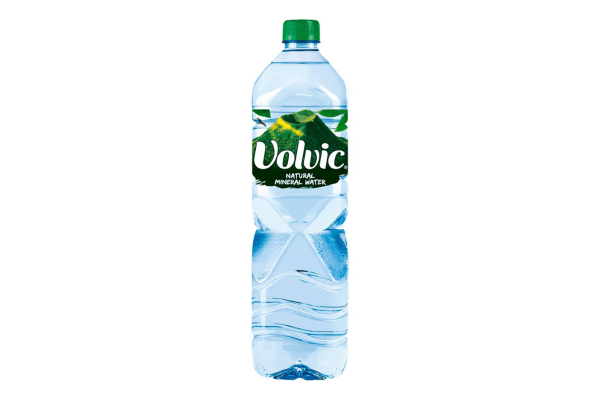
Volvic Spring Water
Please Note
All results & information have not been verified. All data is provided by the applicable company and may be estimated based on scientific data. Ratings and scoring are subject to drastically change based on new data / research.
Contaminants Found (6)
Antimony
A metal used in industrial processes, present in water from mining activities and manufacturing.
Long-term exposure can cause increased blood cholesterol, decreased blood sugar, and damage to the liver and kidneys.
Arsenic
A toxic element found naturally in soil and water, and also from industrial and agricultural sources.
Can cause skin, bladder, lung, and kidney cancer. It may also affect the cardiovascular and nervous systems with long-term exposure.
Bromide
A naturally occurring ion found in seawater and some groundwater.
While not harmful on its own, it can form toxic byproducts, like bromate, during water disinfection processes.
Fluoride
A naturally occurring mineral added to water to prevent tooth decay.
High levels can cause fluorosis (staining of teeth) and, in extreme cases, bone weakness and thyroid issues.
Nitrate
Commonly found in water due to agricultural runoff, sewage, and industrial waste.
Can cause methemoglobinemia, or "blue baby syndrome," in infants and may increase the risk of cancer and thyroid problems with prolonged exposure.
Sulfate
A naturally occurring mineral found in water from soil leaching, rocks, and industrial processes.
High sulfate levels can cause gastrointestinal discomfort, including diarrhea, especially in infants and sensitive populations.
Water Sourcing and Treatment
OUR WATER COMES FROM A PROTECTED VOLCANIC ENVIRONMENT IN FRANCE
Other Ingredients Found (5)
Calcium
Total: 12 mg/LA naturally occurring mineral in water that contributes to hardness.
Chloride
Total: 14 mg/LA naturally occurring ion found in salts, sometimes entering water from road salt, sewage, or industrial processes.
Magnesium
Total: 8.1 mg/LA mineral essential for bodily functions, found naturally in water.
Sodium
Total: 12 mg/LPotassium
Total: 6.2 mg/LA common metal in water, often from natural deposits or corroded pipes.
